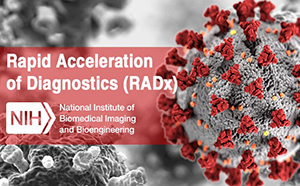Diabetic ketoacidosis (DKA) is a serious complication of diabetes. It occurs when a lack of insulin causes acidosis and life-threatening electrolyte imbalances in the blood.
Although DKA is more common in people with type 1 diabetes, it can also occur in people with type 2 diabetes. If there is no insulin or not enough insulin, your body begins to break down fat and muscle to create ketones for energy.
High concentrations of ketones acidify the blood, causing symptoms such as nausea, vomiting, fruity breath, brain fog, rapid heart rate, and difficulty breathing.
High blood sugar causes excessive urination and leakage of sugar into the urine. This, in turn, leads to loss of body water and dehydration, as well as loss of essential electrolytes, including sodium and potassium, he explains. StatisticsPearls.
Insulin is also essential for directing potassium to the body’s cells, so without it, potassium levels can also become very high. The level of another electrolyte, bicarbonate, also decreases, as the body tries to compensate for excessively acidic blood, says the National Kidney Foundation (NKF).
According to the American Diabetes AssociationDKA can be fatal and is almost always treated in a hospital, since complex electrolyte imbalances cannot be treated at home. If you or anyone else experiences symptoms of DKA, talk to a doctor immediately, go to the emergency room, or call 911.



